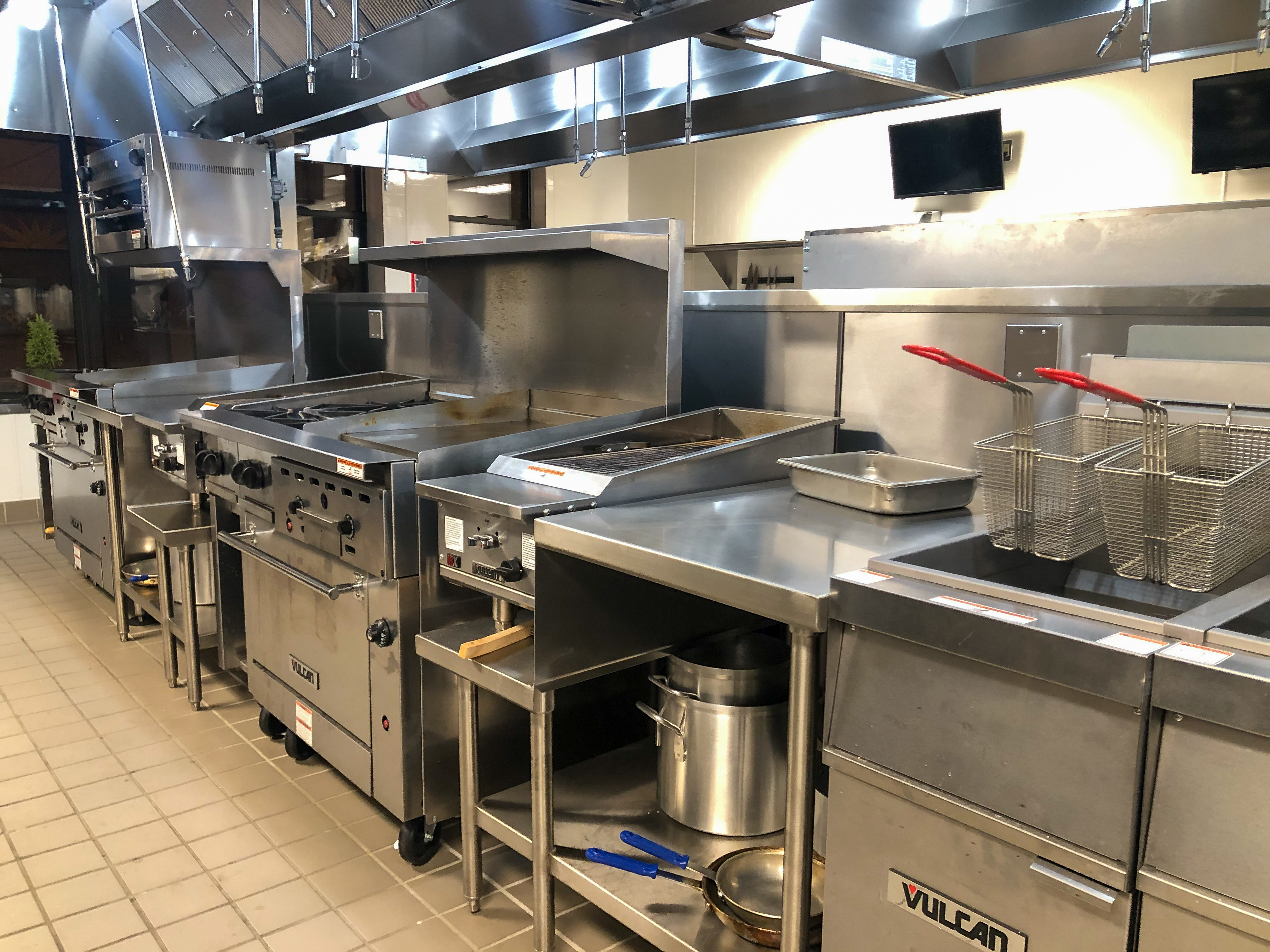
As the demand for quality assisted living facilities continues to rise, it becomes crucial to ensure that these establishments prioritize the well-being of their residents. Among the many factors contributing to a successful assisted living community, an often-overlooked aspect is the design and functionality of the kitchen. A well-designed kitchen plays a vital role in maintaining high standards for food quality, safety, and overall resident satisfaction. In this blog post, we will delve into the key components of an effective kitchen design for assisted living facilities, highlighting the benefits it brings to the residents’ experience, staff efficiency, and regulatory compliance.
Promoting Efficient Workflow and Staff Productivity
Efficiency lies at the core of any well-designed assisted living facility kitchen. A properly designed layout can optimize workflow patterns, enabling staff to perform their tasks seamlessly. Here are a few key considerations:
- Workflow Patterns: By organizing the kitchen into distinct zones (prep, cooking, plating, dishwashing, etc.), staff members can move efficiently between areas without disrupting each other. An efficient workflow saves time and minimizes the risk of accidents or cross-contamination.
- Ergonomics and Accessibility: Incorporating ergonomic principles into the design helps create a safe and comfortable work environment for the kitchen staff. Thoughtfully placed workstations, adjustable counters, and easy-to-reach storage solutions reduce physical strain and enhance productivity. Additionally, installing task lighting assists in maintaining safety while providing clear visibility.
Ensuring Food Quality and Safety
The kitchen design is vital to ensuring the high-quality and nutritional value of meals served to assisted living residents. Safe food handling, storage, and preparation are critical considerations in designing an assisted living facility’s kitchen.
- Adequate Storage Space: Ample storage space, including dry storage, refrigeration, and freezer capacity, is essential for maintaining an adequate inventory of food and supplies. Proper shelving, temperature monitoring systems, and clear labeling facilitate organization and prevent food spoilage or contamination.
- Proper Ventilation and Airflow: Commercial-grade ventilation systems, such as hoods and exhaust fans, effectively remove heat, odors, and moisture, creating a comfortable and safe kitchen environment. Adequate airflow prevents the buildup of harmful gases and minimizes the risk of fire hazards.
Enhancing Resident Experience and Well-being
A well-designed kitchen not only benefits the kitchen staff but also plays a significant role in enhancing the overall resident experience. Here are a few ways in which kitchen design contributes to resident well-being:
- Nutritional Excellence: Assisted living residents often have specific dietary requirements or restrictions. An efficiently designed kitchen can accommodate individual needs, providing nutritious meals tailored to residents’ preferences. Dedicating separate areas for vegan, gluten-free, or allergen-free food preparation ensures safe and customized menus for various dietary needs.
- Open Concepts and Diners’ Engagement: Incorporating an open kitchen concept allows residents to see and engage with the cooking process. This transparency enhances the dining experience, creating a sense of community and involving residents in the meal preparation journey.
Regulatory Compliance and Futureproofing
Compliance with safety and sanitation regulations is crucial for kitchen design in assisted living facilities. Failure to meet these requirements can result in penalties, reputational damage, or legal consequences. An effective kitchen design should also accommodate future changes and technological advancements. Here’s why futureproofing is essential:
- Accessibility Features: Current regulations emphasize the importance of universal design principles, ensuring accessibility for all residents, including those with disabilities or mobility limitations. Incorporating features such as lower countertops, grab bars, and non-slip flooring creates a safer environment and promotes inclusive dining experiences.
- Technology Integration: As technology continues to evolve, kitchen designs should be adaptable and flexible to accommodate advancements such as automated cooking equipment, smart appliances, or inventory management systems. Such integration increases efficiency, reduces costs, and contributes to sustainable practices.
Conclusion
In conclusion, the critical role of kitchen design in assisted living facilities should not be underestimated. A thoughtfully designed kitchen is essential for overall success, from promoting staff efficiency and food safety to enhancing resident experience and well-being. Mathias FoodService Equipment and Design understands the intricacies of kitchen design, consistently delivering innovative solutions tailored to each client’s unique needs.
To ensure your assisted living facility’s kitchen meets the highest standards, trust Mathias FoodService Equipment and Design. With our expertise and commitment to excellence, we will design a functional and innovative kitchen that exceeds your expectations.
FoodService Equipment Specialist Near Me
Take the first step towards an exceptional kitchen design for your assisted living facility. Visit Mathias FoodService Equipment and Design today and schedule a consultation with our expert team. Let us transform your kitchen into a space that ensures efficient operations, optimal resident experience, and regulatory compliance.

